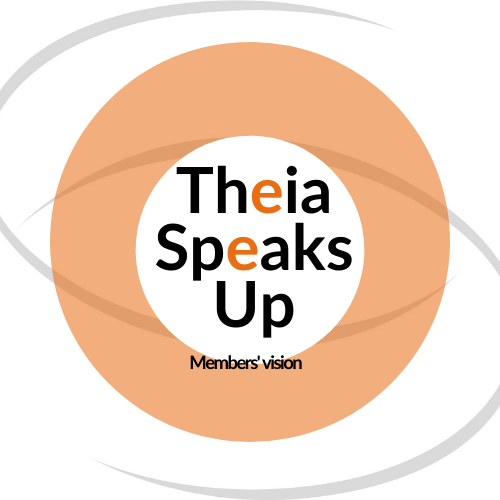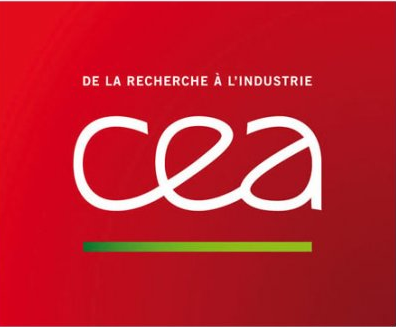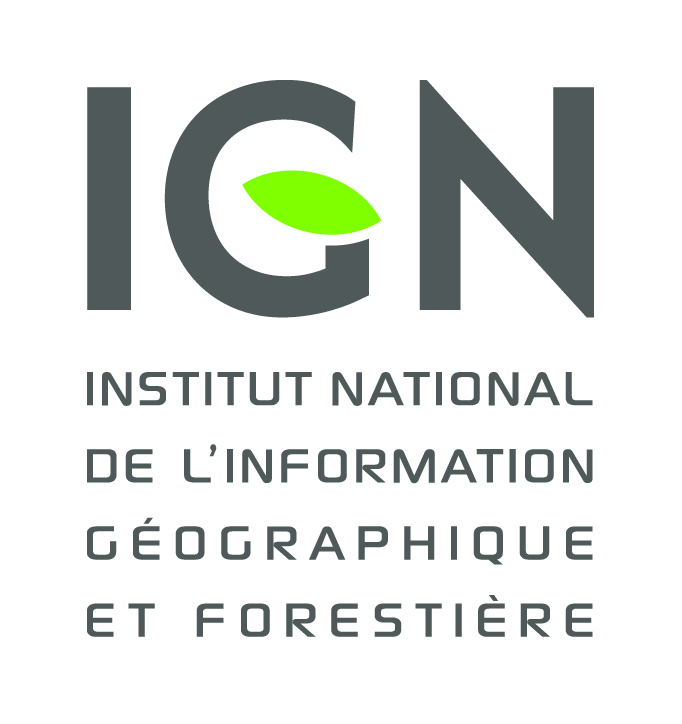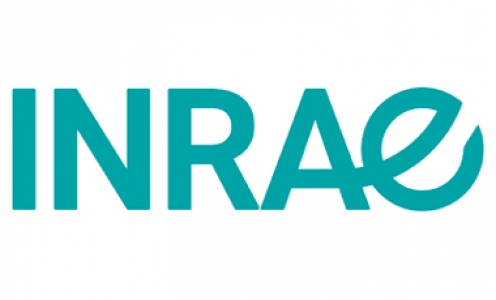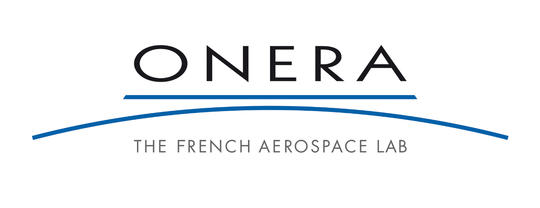Animation and mediation as key tools for the dissemination of the uses of space
- You are the director of OPenIG, which actively participates in the animation of Theia Occitanie Regional Animation Network (RAN). What motivates your organisation’s involvement in Theia?
- A recurring question for local and regional authorities is to understand what to expect from satellite research and companies. How does OPenIG define its role of mediation between these actors?
- What do you see as the stakes of satellite technology today and the role of Theia in this context?
You are the director of OPenIG, which actively participates in the animation of Theia Occitanie Regional Animation Network (RAN). What motivates your organisation’s involvement in Theia?
Anne FROMAGE-MARIETTe: OPenIG is an association set under the French law of 1901, which carries the regional geographic information platform in French Occitanie. Two thirds of our members are from local authorities and metropolitan bodies. The rest consists of research organisations, private organisations (start-ups or large companies), natural parks, associations and even individuals. These very varied members share an interest in geographical information in the broadest sense.
They expect help in accessing data (from classic IGN data to satellite data), but also the expertise of both OPenIG’s six employees and the other members of the association.
These exchanges take place within working groups that can focus as much on monitoring thematic solutions as on technical support. It is particularly during the monitoring phases that awareness of satellite solutions and research advances is possible. OPenIGis fortunate to be housed at the Maison de la télédétection in Montpellier and to be surrounded by a very rich ecosystem of researchers, PhD students, post-docs and engineers making it possible to easily build this bridge.
The OPenIG 2019-2023 associative project is organised around six main axes. Two of them – project support as well as training and awareness-raising for members – are particularly compatible with the activities of the Occitanie RAN. A partnership with the CNES gives us additional means to reinforce our participation in this activity in 2020 and 2021. One of the highlights of this commitment will be the organisation of AppSpace 2020 – Space products at the service of territories – on 17 September at the
Corum in Montpellier.
A recurring question for local and regional authorities is to understand what to expect from satellite research and companies. How does OPenIG define its role of mediation between these actors?
Anne FROMAGE-MARIETTE: These three poles cover a wide range of actors and needs. In large communities, one may have a specialist in satellite products; in others, none. OPenIG works first of all to disseminate
knowledge. Our website highlights the products that we think are the most relevant and easy to implement; it will soon offer support (tutorials, selection criteria, etc.) and will highlight concrete examples of implementation.
In return, OPenIG transmits needs and field experiences to national data producers and researchers. Our data infrastructure can also disseminate test products so that members can give positive or negative feedback. It also highlights the work of researchers to make them known and to generate more precise needs and desires. OPenIG has contributed to the production of several theses whose results are currently operational.
What do you see as the stakes of satellite technology today and the role of Theia in this context?
Anne Fromage-Mariette: Animation and mediation are key tools for the diffusion of space uses, but they often lack human and financial means. Unfortunately, there are not so many people in France who are aware of what is done in Theia SECs. Theia Land Cover product, for example, can meet certain needs at a reduced cost (in addition to those covered by land occupations from aerial photos) but it remains necessary to assist the average GIS specialist in the use of this type of product. Moreover, many local authorities’ needs are still not covered by accessible products. Major developments are still needed.
Read the New Theia Bulletin
>>> Read on-line on Calaméo
